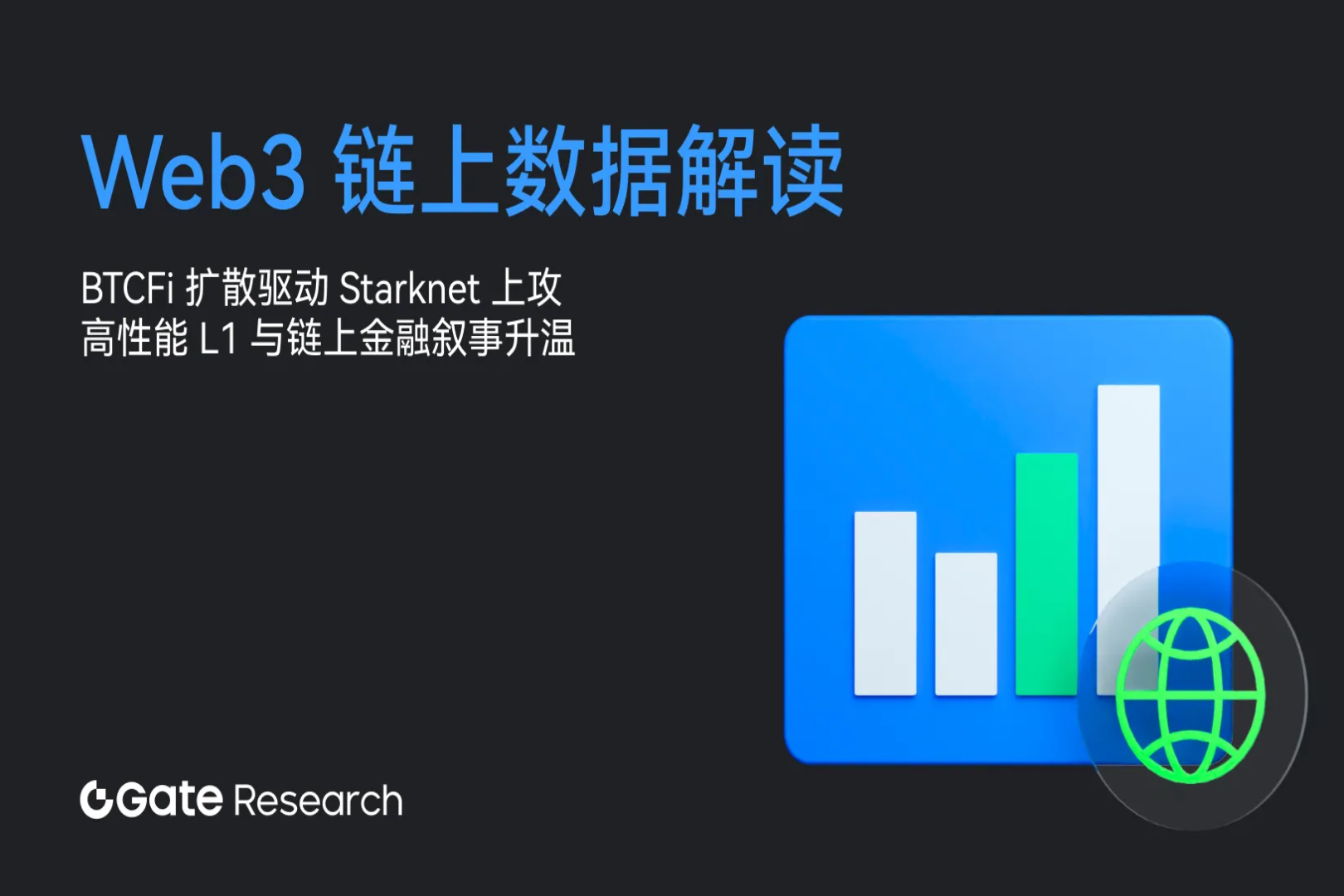US Stablecoin Strategy: Reshaping the US Dollar Hegemony and Treasury Market Structure
With the GENIUS Act passing a procedural vote in the Senate with an overwhelming majority on May 19, the U.S. stablecoin regulatory framework is accelerating towards implementation. This is not only a regulatory update, but also a national strategic deployment of the United States in the field of digital finance. In recent years, the U.S. government has been quietly advancing a far-reaching financial strategy, attempting to regulate and guide the stablecoin market, respond to the reshaping of the global financial landscape, and consolidate the international dominance of the U.S. dollar.
According to Bloomberg, this strategic consideration may be more far-reaching than the market generally believes. As early as the Trump administration, there were signs that it had included the development of US dollar stablecoins in national strategic considerations through administrative means, using it as a tool to continue the hegemony of the US dollar. The advancement of legislative frameworks such as the GENIUS Act also reflects the continuation of this idea in the current government. Treasury Secretary Scott Bessent pointed out at a congressional hearing a few days ago that digital assets are expected to bring up to $2 trillion in new demand to the US Treasury market in the next few years. This not only provides new structural buyers for US debt, but also extends the influence of the US dollar in the world in a digital way through a mechanism linked to stablecoins.
Stablecoin legislation: policy design for both strategic and dual benefits
The core provisions of the GENIUS Act, such as requiring stablecoin issuers to hold 100% of their reserves in highly liquid assets such as US dollar cash or short-term US Treasury bonds, supplemented by monthly transparency reports, have policy intentions that go beyond simple risk control. Such regulations will directly generate structural demand for the US dollar and US Treasury bonds. In theory, every $1 of compliant stablecoin issued means that the corresponding value of US dollar assets is locked up as reserves. In the context of nearly 99% of the world's stablecoins being pegged to the US dollar, the scale effect of this mechanism cannot be underestimated.
On the one hand, this move has introduced a new and growing group of buyers to the growing U.S. Treasury market, especially in the context of some traditional foreign sovereign buyers (such as China and Japan) continuing to reduce their holdings of U.S. Treasury bonds in recent years, its strategic value is more prominent. On the other hand, by supporting a compliant U.S. dollar stablecoin ecosystem, the United States can continue to maintain its monetary influence in the digital currency era without directly expanding the Federal Reserve's balance sheet.
The strategic value of this emerging flow of funds to the U.S. Treasury market has been further confirmed in recent forecasts from mainstream financial institutions. For example, Standard Chartered estimates that the market value of stablecoins pegged to the U.S. dollar could soar eightfold to $2 trillion by the end of 2028. Citigroup's analysis also depicts a similar growth trajectory, with its "base case" forecast of a market size of $1.6 trillion by 2030, and in a "bull case" this figure could even reach as high as $3.7 trillion.
Source: U.S. Treasury, Tagus Capital, Citigroup
Crucially, both international banks clearly pointed out that since stablecoin issuers must purchase low-risk assets such as U.S. Treasuries to support the issuance of their tokens, they are very likely to surpass many sovereign countries in the scale of holding U.S. Treasuries in the next few years. The background of this trend is particularly noteworthy: on the one hand, traditional major holders of U.S. Treasuries such as China have continued to reduce their positions in recent years; on the other hand, policies such as trade tariffs implemented during the Trump administration have once caused the market to examine and question the traditional safe-haven status of U.S. Treasuries. In this context, compliant stablecoin issuers are transforming from a specific participant in the crypto field to a potential, and perhaps even the main, source of structural demand for U.S. Treasuries.
Tether’s role: From market giant to strategic hub
In this strategic vision, the role of Tether, the world's largest stablecoin USDT issuer, is becoming increasingly prominent. Data shows that the scale of U.S. Treasury bonds held by Tether is comparable to that of major industrial countries such as Germany. This makes Tether not only an important infrastructure of the crypto market, but also an important holder of U.S. Treasury bonds.
Tether's holdings of US Treasuries are about to surpass Germany's
The uniqueness of Tether lies not only in its huge asset size, but also in its in-depth cooperation with Cantor Fitzgerald, a veteran American financial institution. As a direct trading partner of the Federal Reserve, this primary dealer provides Tether with unparalleled liquidity support in extreme market environments. Through Cantor Fitzgerald, Tether can quickly sell its U.S. Treasury bonds in exchange for U.S. dollar cash when users redeem USDT in a concentrated manner. For example, when the crypto market was in turmoil in 2022, USDT was briefly decoupled from the U.S. dollar, but Tether used this mechanism to successfully respond to redemption demands of up to $7 billion within 48 hours, accounting for 10% of its supply at the time. A bank run of this scale is usually enough to plunge most traditional financial institutions into crisis, but Tether has survived smoothly, highlighting the robustness of its reserve system and the uniqueness of its liquidity arrangements.
To some extent, this institutional design coincides with the United States' long-term goal of promoting financial innovation and consolidating the dominance of the US dollar in recent years, namely, to strengthen the United States' financial advantages through non-traditional means. The result is a powerful stablecoin issuer that is deeply tied to the US dollar, which objectively facilitates the global penetration of the US dollar system.
Global expansion and the soft power projection of the digital dollar
Tether's ambitions do not stop at the existing market. The company is actively expanding its USDT business to emerging markets such as Africa and Latin America, and building what it calls an "AI Agent-driven peer-to-peer network" through diversified initiatives such as acquiring local physical infrastructure, developing an asset tokenization platform called Hadron, launching a self-hosted open source wallet, and investing in brain-computer interfaces and peer-to-peer communication applications Keet (based on the Holepunch protocol). Its latest QVAC platform natively supports USDT and Bitcoin payments and integrates decentralized communication tools, aiming to create a digital ecosystem that emphasizes user autonomy, anti-censorship, and trustlessness.
Tether CEO Paolo Ardoino once mentioned his observations on China's promotion of its influence in developing countries through infrastructure projects and potential non-dollar payment systems (such as gold-backed digital currencies). In this context, Tether's layout in these regions can be seen as a market-driven business behavior aimed at promoting the use of US dollar stablecoins. Objectively, it is also competing with other digital currency systems to expand the influence of the US dollar in the digital field. This is in line with the US macro-strategy of maintaining its global currency status to a certain extent.
Despite its prominent market position and unique liquidity mechanism, Tether's operations are not without controversy. The Wall Street Journal reported last October that federal prosecutors in Manhattan had investigated Tether for possible sanctions and anti-money laundering violations (Tether said it was unaware of this or was cooperating with law enforcement). In 2021, Tether paid $41 million to settle with US regulators to resolve allegations that it misreported its reserves. These historical events and ongoing scrutiny highlight the challenges that large stablecoin issuers face in terms of compliance and transparency. CEO Ardoino himself did not visit the United States for the first time until March of this year. He once joked that he might be arrested if he came earlier, which indirectly reflects the delicate relationship between Tether and US authorities. However, the Bloomberg report also pointed out that from certain policy perspectives, "Tether's interests suddenly coincide with those of the United States."
New Path of Dollar Hegemony in the Digital Age
The US strategy of regulating and guiding the development of the stablecoin market through legislative tools such as the GENIUS Act, combined with the rise and global expansion of market players such as Tether, is opening up a new path to consolidate the international status of the US dollar. This not only brings important new demand for US Treasuries, but Standard Chartered Bank analysts even believe that the US Treasuries purchased by the industry in the next four years "may roughly cover all additional US Treasuries that may be issued" , easing the pressure from traditional buyers to reduce their holdings, but also maintaining and extending the global influence of the US dollar in a relatively low-cost and more penetrating way in the wave of global digital transformation. As Treasury Secretary Bessent acknowledged, digital assets may bring $2 trillion in new demand for US Treasuries in the next few years, but the expansion of stablecoins also brings risks, such as any sudden surge in redemptions may force operators to quickly liquidate their Treasury positions, which may disrupt the market. In addition, with the entry of traditional financial giants such as PayPal and new players such as World Liberty Financial, which is associated with the Trump family, the market competition landscape is also evolving. However, the long-term effectiveness of this "open conspiracy" will still unfold amid multiple tests of global regulatory coordination, technological security, geopolitical competition, and market competition.
【1】Bloomberg report: https://www.bloomberg.com/news/articles/2025-05-13/tether-s-150-billion-managed-by-unknown-brit-in-the-bahamas-usdt



